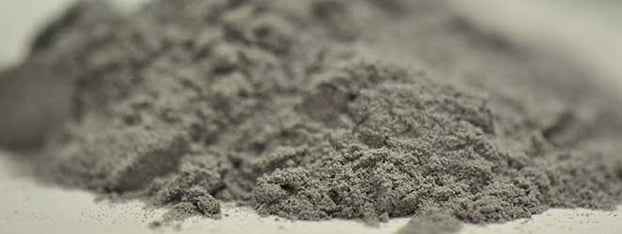The NFPA (National Fire Protection Association) recently revised its NFPA 652, “Standard on the Fundamentals of Combustible Dust.” While there are several revisions, the most notable update is the new deadline for industrial manufacturers to complete a dust hazard analysis (DHA).

complete a dust hazard analysis by September, 2020.
According to the 2019 revised edition of NFPA 652, a DHA must be completed by September 7, 2020. The standard also requires the DHA be reviewed and updated every five years.
A DHA is critical for any industry whose manufacturing processes produce dust. Industries whose dust is most susceptible to explosion are those in the food, rubber, plastic, metal, wood, and chemical industries. According to OSHA (Occupational Safety Health Administration), combustible dusts include those made from food products such as apple, carrot, cocoa powder, cotton, gluten, and/or potato. Carbonaceous dusts such as charcoal, cellulose, cork are also combustible. Chemical dusts such as calcium acetate and dextrin, and metal dusts such as aluminum, magnesium, and zinc are also on the list. Plastic dusts from epoxy and melamine resins are also considered highly probable of producing a dust explosion.

From 1980 to 2005, the CSB (U.S. Chemical Safety and Hazard Investigation Board) reported 281 combustible dust incidents that killed 119 workers and injured over 700 others (1). Though safety precautions, education, and mitigation processes have greatly improved, there were still 105 dust explosions during the 11-year span of 2006-2017 (see chart below).

the 105 combustible dust incidents during 2006-2017.
(Courtesy of the U.S. Chemical Safety and Hazard Investigation Board)
In OSHA’s Combustible Dust National Emphasis Program, two of the most common citations were improper housekeeping, which includes combustible dust accumulation, and improper use of a compressed air hose to blow down combustible dust. These unsafe practices and general lack of maintenance can be hazardous because even a small amount of dust in the wrong area can be combustible.
To be in compliance with OSHA standards and the revised NFPA 652, complete your DHA before the September 2020 deadline to allow sufficient time for the safe and proper removal of your combustible dust.
Hughes Environmental has performed combustible dust cleaning in a wide array of facilities throughout the United States and deals with many types of combustible dust.
Hughes Environmental abides by standards set by the NFPA, NADCA, and OSHA when performing combustible dust cleaning and uses
equipment approved for combustible dust cleaning, such as intrinsically safe vacuums and grounded hoses.
Contact Hughes Environmental today to schedule your combustible dust cleaning; call: 888-845-3952 or complete your request online.
(1) Courtesy of:
https://blog.ansi.org/2018/12/nfpa-652-2019-combustible-dust-explosion/

